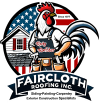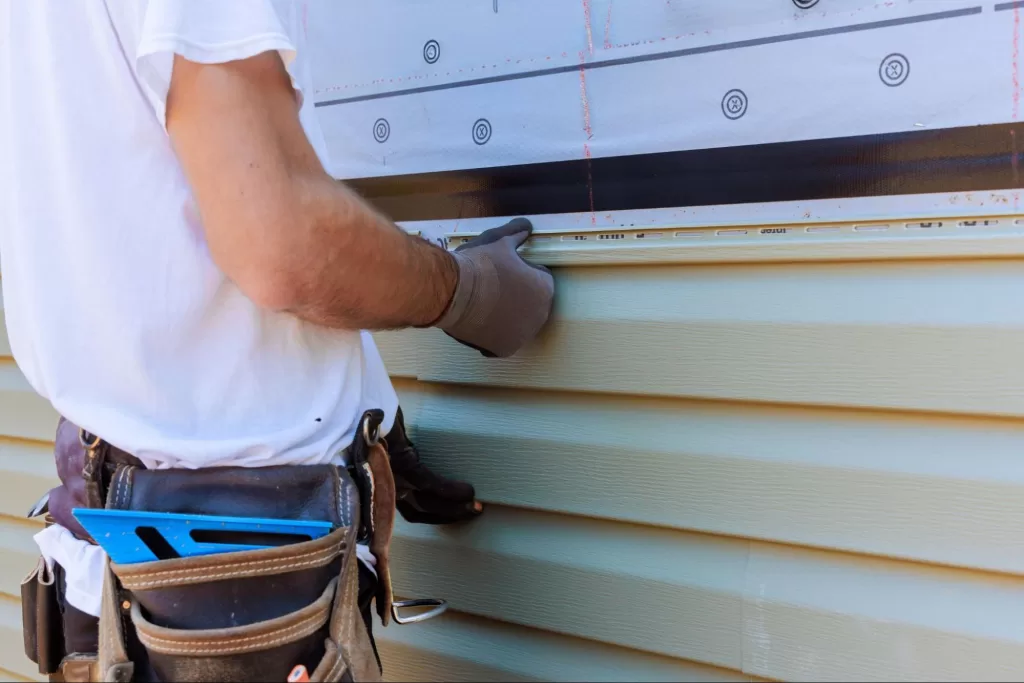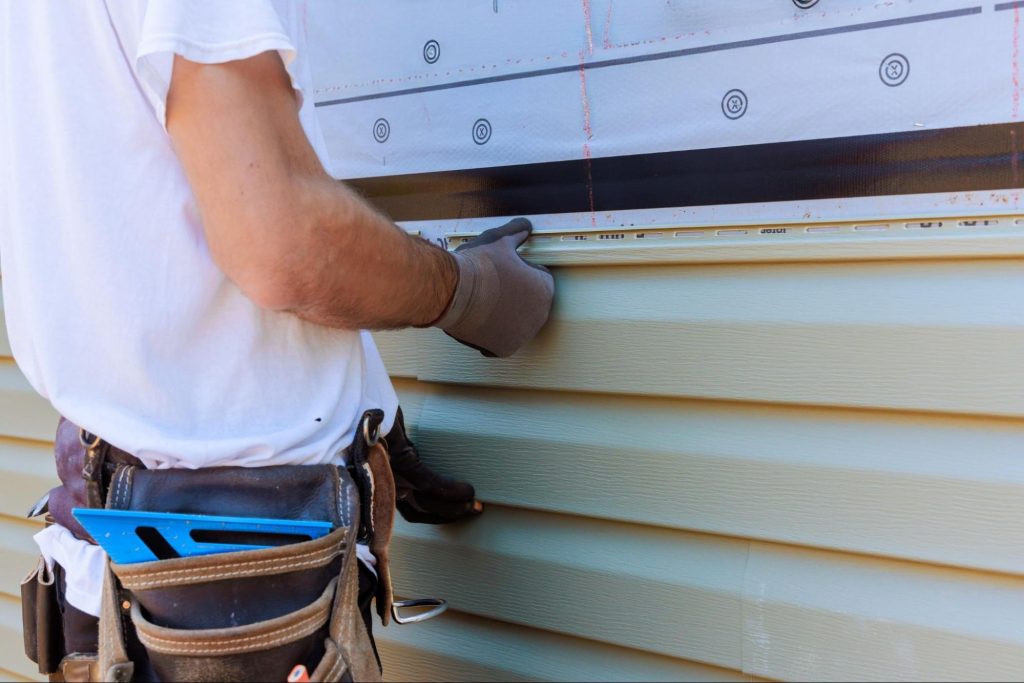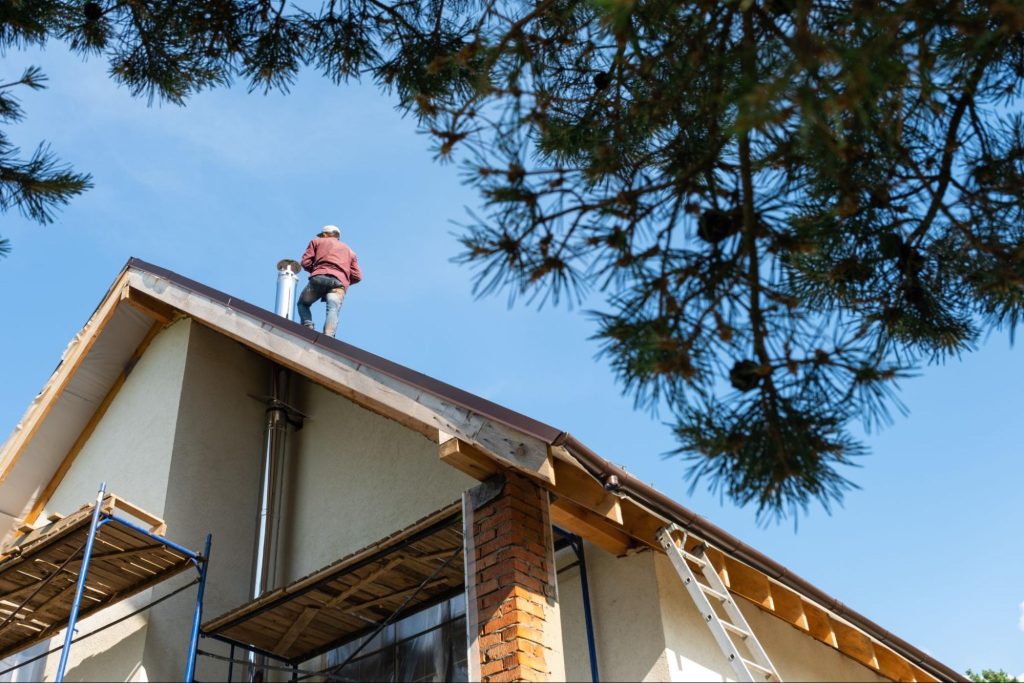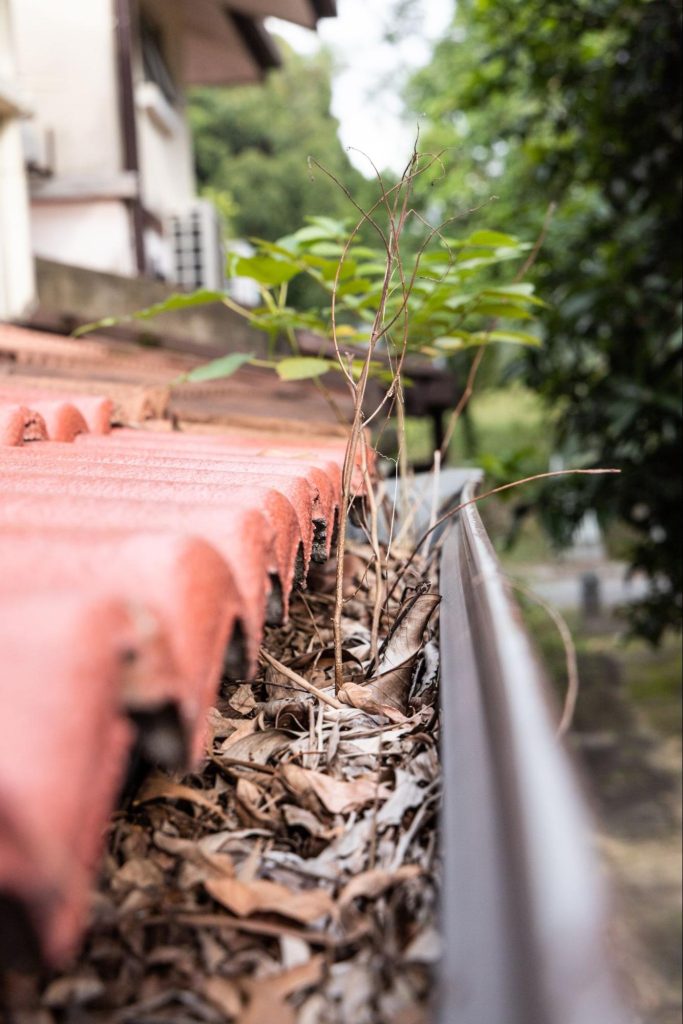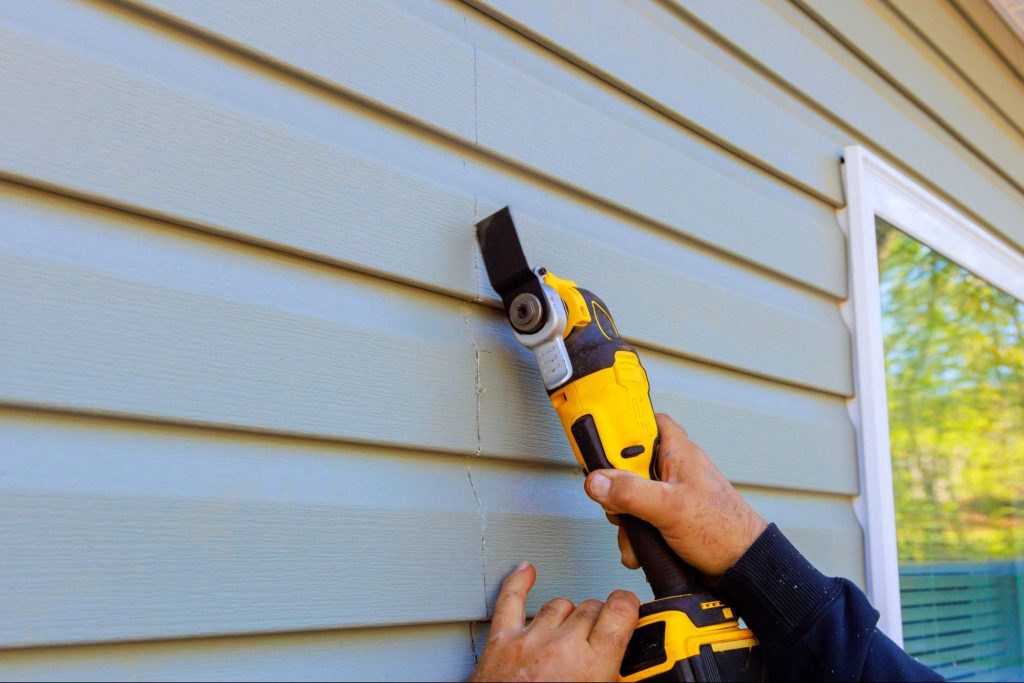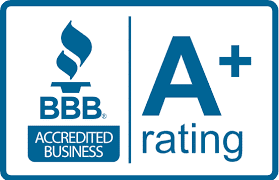Installing Vinyl Siding: What Colors and Styles Are Trending?
Curb appeal can change how a home feels. For many homeowners, exterior upgrades start with siding. Vinyl siding installation offers a low-maintenance and budget-friendly option that still delivers a stylish appearance. Homeowners want modern and timeless choices, unlike every other house on the block. Why Style and Color Matter When Installing Vinyl Siding Every home has a face. Siding is often the first thing people notice. It’s not just about looks but value, personality, and longevity. Trends in color and texture can make your home feel fresh and current without straying too far from the norm. First Impressions Start at the Curb The exterior sets the mood before anyone walks inside. Whether selling or staying, your home’s first impression counts. The siding color and pattern you choose speak volumes. A warm tone may suggest comfort and tradition, while bold colors give off confidence and edge. Wise choices create an inviting look that people remember. Modern Vinyl Options Outperform Older Generations Vinyl siding has come a long way. Old versions faded, cracked, and had a plasticky look. Today’s vinyl mimics wood grain, resists UV damage, and insulates more effectively. Texture variety and bold finishes are now standard, not upgrades. You get beauty and durability in one product. Installing Vinyl Siding With Trending Colors in Mind Color trends shift, but some tones have serious staying power. The right color blends with the landscape, complements the home’s design, and holds up over time. It must also work with accents like roofing, shutters, and trim. This year, both bold and neutral tones are leading the way. Earth Tones Are Making a Strong Comeback Colors inspired by nature are prevalent in siding trends. Think taupe, olive, clay, and muted browns. These earthy shades help homes feel grounded and organic. They blend well with stone, wood, or greenery. Many homeowners opt for these colors for their natural warmth and timeless appeal. Bold and Moody Colors Are Catching Eyes Dark blues, charcoals, and deep greens have become more common. These shades offer an intense but refined exterior look. They’re ideal for modern homes with light trim or metal accents. These bold colors hide dirt well and provide dramatic contrast. They’re stylish without being overly extravagant. Soft Neutrals Still Lead for Subtle Elegance Beige, cream, greige, and light gray remain safe, classy picks. These colors complement landscaping and stonework and are less likely to go out of style quickly. Many buyers prefer neutral homes, which makes them easier to resell. Light siding also stays cooler and shows less fading. Installing Vinyl Siding With Trending Styles in Mind It’s not just about color—style and layout matter just as much. How vinyl siding is installed can significantly impact the home’s overall appearance. Today’s siding options mix clean lines, rich texture, and eye-catching detail. There’s more variety now than ever, and it pays to know what’s trending. Board and Batten Siding is on the Rise Board and batten siding uses wide vertical panels with narrow strips over seams. This look adds height and interest to flat facades. It’s especially popular in farmhouses, cottages, and modern rustic homes. The vertical lines add rhythm to walls and stand out in neighborhoods full of horizontal siding. It brings a custom, crafted feel to newer builds. Shake and Shingle Styles Add Character Vinyl shakes mimic the appearance of natural cedar shingles, but eliminate the need for upkeep. They work great on gables, peaks, or entire walls for texture. Shakes look best on craftsman, coastal, or Cape Cod-style homes. They’re often used as accents alongside lap siding. Many homeowners choose them to add depth without going over budget. Traditional Lap Siding Remains a Go-To Horizontal lap siding is the most familiar and flexible option. It fits everything from colonial to modern ranch homes. You can choose different panel widths for subtle variation. Smooth, brushed, or woodgrain finishes keep things classic or updated. It’s the default for a reason—it works almost anywhere. Match Trends to Your Home When Installing Vinyl Siding Trends are helpful, but not every trend works for every home. Color and style should support your architecture, not fight it. The right vinyl siding should blend into your home’s surroundings, match its structure, and feel cohesive with the neighborhood. Consider Architecture Before Picking a Style Your home’s shape, roofline, and windows significantly influence your siding choices. A Victorian might call for more ornate styles, while a ranch house benefits from simple lines. Matching siding to architecture avoids visual clashes. Pick what highlights your home’s strengths, not just what’s trending. Trends come and go, but design harmony endures. Use Accent Features to Balance Bold Choices Going bold? Don’t do it across the whole facade. Accent pieces like shutters, columns, or trim can balance daring siding—a bold wall color pairs well with light features or stone. Mixing elements adds visual breaks that guide the eye. This layered look feels polished without being overly done. Think Long-Term Over Flash Trends Just because a color is popular doesn’t mean it will remain so. Some shades date quickly, limiting their resale appeal. Pick something you’ll like for the next ten to 20 years. Walk your neighborhood to see what looks good in real life. Then, bring the swatches home to test in different lighting conditions. Installing Vinyl Siding With Style and Durability in Mind Appearance matters, but so does maintenance. Homeowners want a siding that requires minimal maintenance and stays sharp. Today’s vinyl makes that easier, but not all finishes and colors behave the same. Choosing wisely upfront saves time and money in the long run. Color Longevity Should Influence Your Choice Dark siding might fade faster under intense sunlight. Light colors usually stay cooler and need less washing. Some brands offer fade-resistant guarantees—always ask. Even low-maintenance siding needs occasional cleaning. Consider your environment and the effort you’re willing to put in. Texture Affects More Than Looks Smooth panels show more scratches than textured ones. A wood grain or brushed finish hides dirt and scuffs more effectively. Shake and
